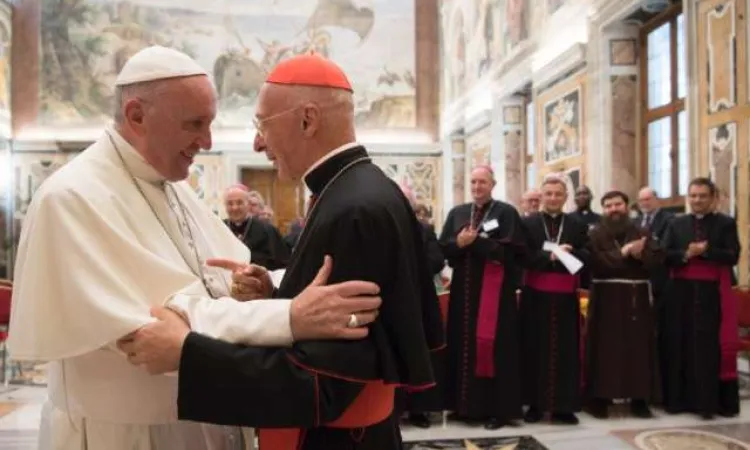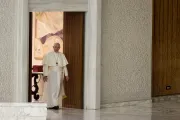Jan 30, 2020
The selection of new bishops has been a central topic of discussion during the meetings of the C6 Council of Cardinals, tasked with drafting the reform of the Roman Curia. A new procedure being used to select a successor to the Archbishop of Genoa, Cardinal Angelo Bagnasco, could be a trial run for a new method.
On Jan. 14, Cardinal Angelo Bagnasco, archbishop of Genoa, turned 77 and ended the twoyear prorogation of his mandate Pope Francis granted him. There will be no further extension of his mandate. On Jan. 23, the Apostolic Nuncio to Italy, Archbishop Emil Paul Tscherrig, , was in Genoa to deliver a lecture on "Pastoral Conversion in Pope Francis' teaching." It was expected that the nuncio would give some clue on who the next archbishop of Genoa would be. It was not so. Archbishop Tscherrig confirmed that Pope Francis accepted Cardinal Bagnasco's resignation, and he then informed the audience of the Pope's intentionto follow a new procedure for choosing the next shepherd for the Church in Genoa.
According to standard – and long-established – procedure, the Apostolic Nuncio conducts the consultations before the appointment of a new bishop. The Nuncio sends questionnaires and letters to priests, lay people involved in the Church's activity, and other interested people, in order to draft a profile of the possible bishops-elect. After this process, the Nuncio sends to the Congregation of Bishops a set of three potential candidates, and this set of three is then submitted to the Pope. The Pope can choose any person he wants, also outside of the set of three.
In Genoa, however, Pope Francis is using a different method this time. He sent a circular letter to the priests of the archdiocese, asking them to draft a reflection on the state of the Church in Genoa and to suggest their own short list of three possible new archbishops.



